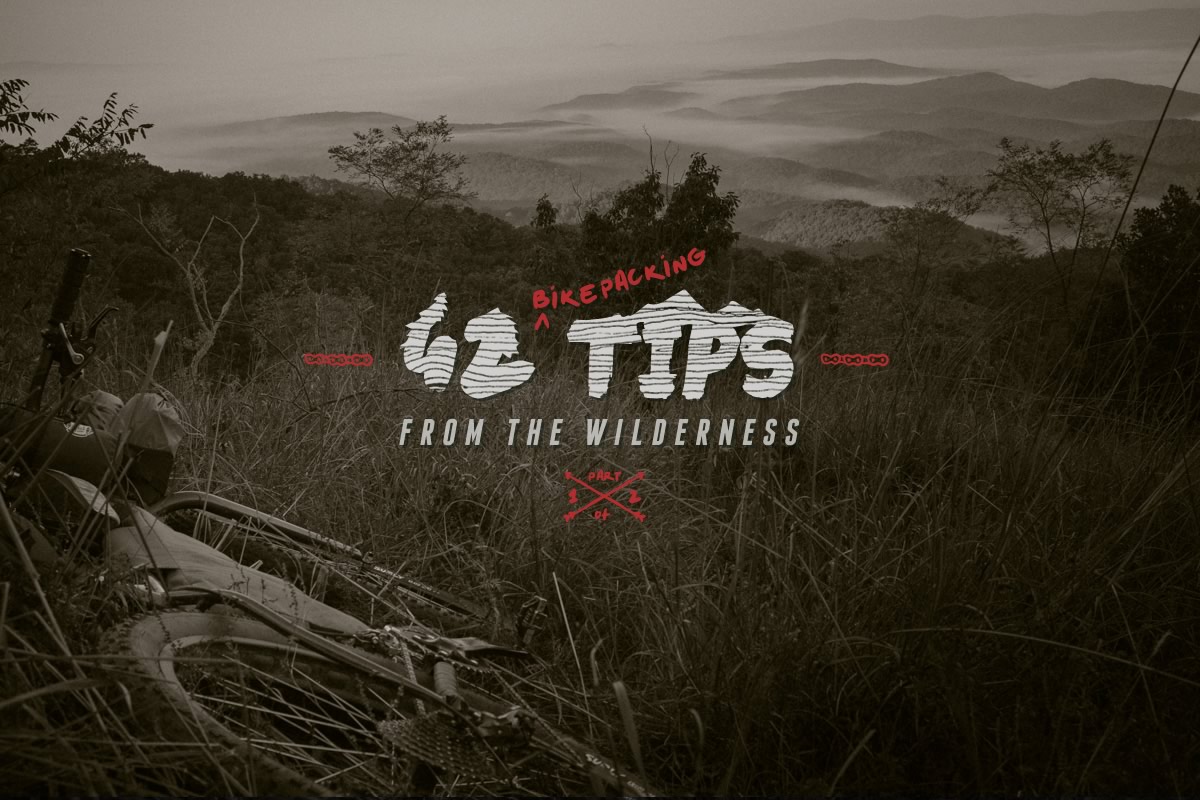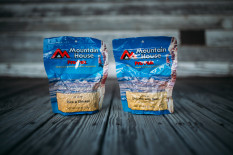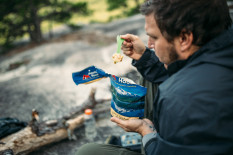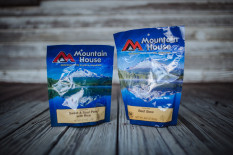42 Bikepacking Tips from the Wilderness (1 of 2): Keep Calm & Carry On
A list of bikepacking tips for multi-day trips in the backcountry…
The last couple of months were nicely punctuated by three 5+ day bikepacking trips. Two were solo expeditions and all three involved trudging fairly deep into the wilds of the Appalachian Mountains. Mistakes were made along the way, and preparation and packlists evolved. Prepping for this style of trip is different from an overnighter, or a big tour for that matter. It’s about weight, ruggedness, and survival. I assembled this group of bikepacking tips and notes based on repeated practices, pitfalls, and gear adjustments from these outings. It was put together for folks new to bikepacking, or maybe those who have tried a S24O (sub-24-hour-overnight) and are preparing to do a larger and longer trip; but even a crusty veteran may find something useful here. Tips 1-21 are common sense methods and products used to sustain and endure the wilderness…
1. A map, a GPS… and more batteries than you can shake a stick at.
Carrying both a map and GPS is especially important when covering new territory. Matching contours on a GPS track with lines on a map is a great way to stay on course and avoid backtracking. Make sure to carry a couple of sets of spare batteries as well. I got caught with a dead pair on the last 2 days of my latest expedition which made for a few extra miles sniffing out unmarked trails.
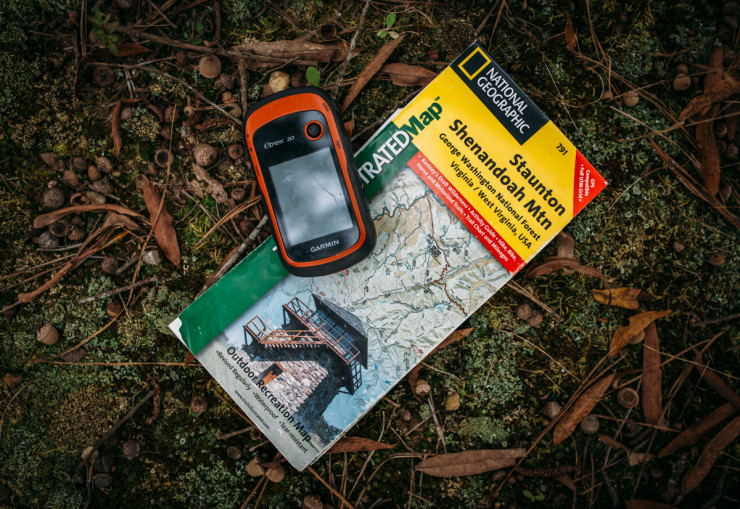
2. Blaze Orange
Blaze orange is mandatory this time of year, especially in the southeastern US. You never know when you’re waltzing through a hunt and visible from someone’s deer stand. This oversized super-lightweight vest was $4.99 at a local sporting goods store and is large enough to drape over a hydration pack to ensure visibility from behind. It’s also nice to have on the road for traffic visibility.

3. Back-up fire
There’s nothing worse than losing a lighter flint when you are 50 miles from the nearest store (this happened). Luckily I had a spare pack of matches. There is always the rubbing two sticks option, but who wants to do that after a 60 mile day. This handy titanium flint lighter from Vargo makes a good backup; it takes up almost no space and weights a scant 8 grams.

4. Gear it low
Riding 8 or 10 hours a day over rugged terrain can be rough on the knees and legs. Sometimes maintaining means slowly grinding out the miles. Try lowering the gears to increase spin; this substantially helps endurance when riding a loaded bike on mountainous terrain. On the Krampus I switched the 26/39T cogs to 22/36 and my knees have thanked me ever since.

5. Check your tires… and your patches.
Whether riding tubeless or not, carrying extra tubes is a must, as well as a patch kit. Somewhere far from civilization on the VMBT, I had 2 flats, then painfully discovered that the tube of rubber cement in the patch kit had completely dried. I suspect it was from being left in a hot car at some point. Check your patch ket before setting out; it would have saved me a 50 mile exit to find a replacement.
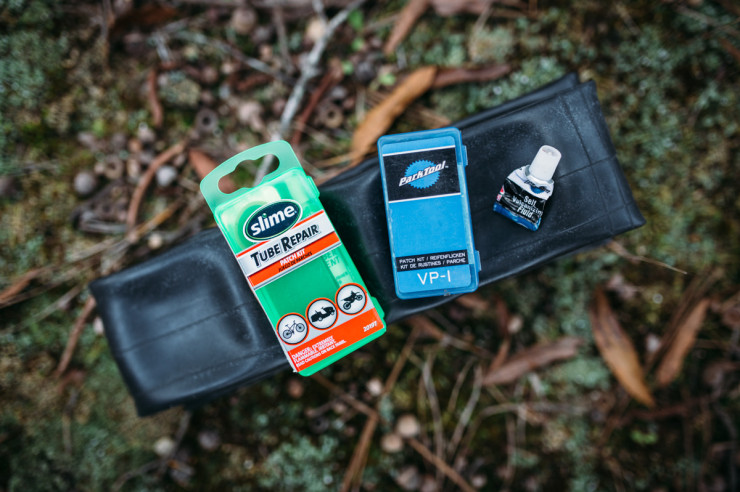
6. Keep you and your stuff dry.
No explanation necessary. Wet gear and clothing can be detrimental when temperatures are below 50. Bring a shell.

7. Zip ties and duct tape
Two things I never leave home without. They can fix almost anything. To avoid taking up extra space, wind a few wraps of Gorilla tape around your pump.
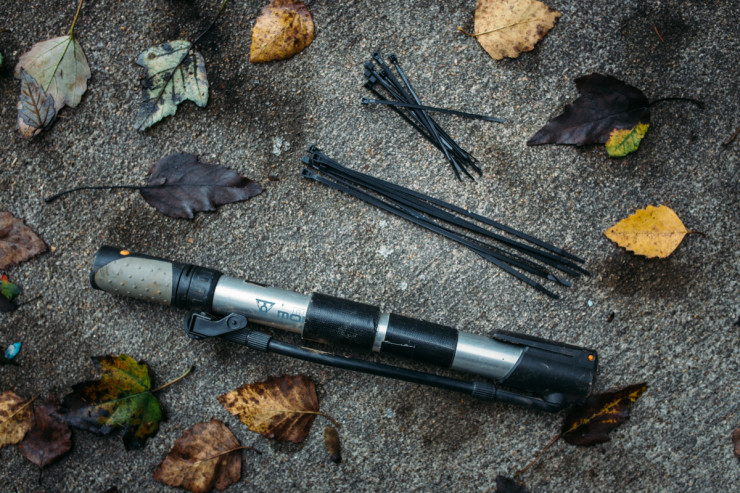
8. Back up fuel
Most of the time I use a Trangia spirit burner and store alcohol in small plastic bottles from REI. The Vargo Hexagon doubles as a windscreen and pot stand. But most importantly, when the alcohol runs out, wood is readily available. Read more about the Hexagon.
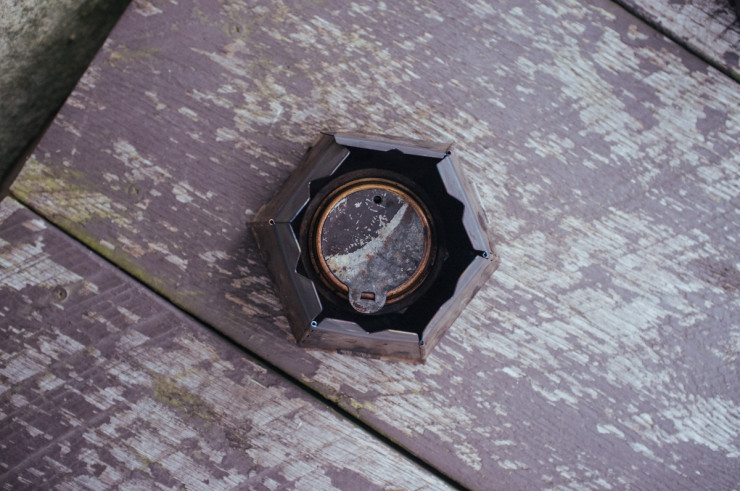
9. Bear whistle
It’s not really a bear whistle per se, but it could be, and has been used as such. Really the reason to carry a whistle is to call for help in the event of an injury. This item is required for PMBAR, Pisgah Mountain Bike Adventure Race, and I started carrying one while bikepacking. I actually blew it full bore when a bear was sniffing at my tent one night… I don’t think it phased him, but I lived to tell about it.

10. 30’ Bear Snag
Nine and a half times out of ten I tie my food up in a bear bag at night. The one time I didn’t I had a bear sniffing around my tent at 4AM (see tip #9). According to most sources, a bear bag should be about 12-15 feet above the ground and six feet away from the trunk of a tree. To do this, it takes about 30 feet of line. I use a small carabiner to simplify attaching and detaching the dry bag. Also, some suggest that the bear snag be about 100′ away from camp, and 300′ in grizzly country.
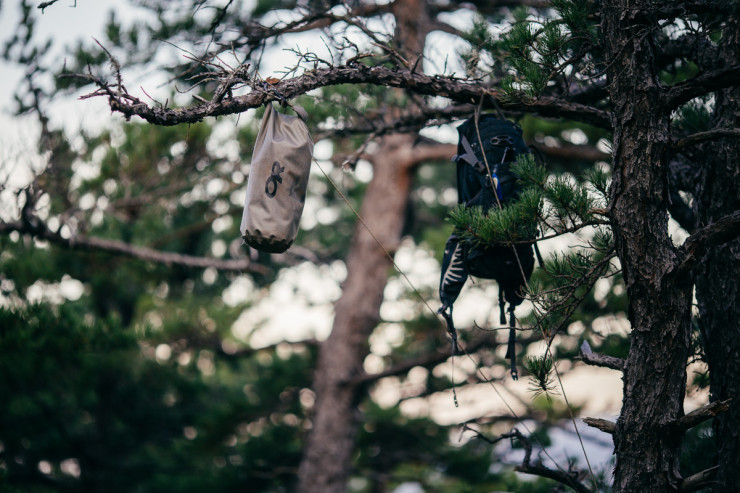
11. Know your water sources
This is especially important on desert routes and ridglines. I recently got caught scrapping for water after I passed up a spring on the VMBT; I thought there would be another close by, but almost didn’t find a source for almost 60 miles. Plan ahead by finding streams and creeks on the map.
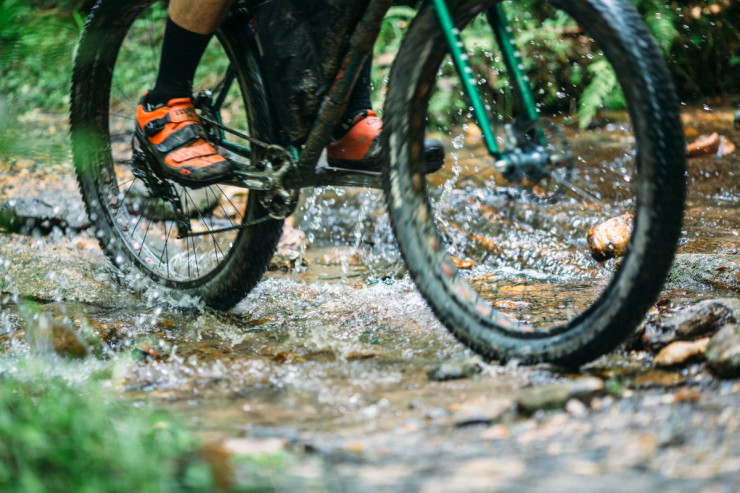
12. Fizz
Hammer Endurolytes Fizz tablets come in a small plastic cylinder, 13 per tube, and make a great hydration supplement. Having one before bed and one during the day can help maintain hydration and fend off cramps.
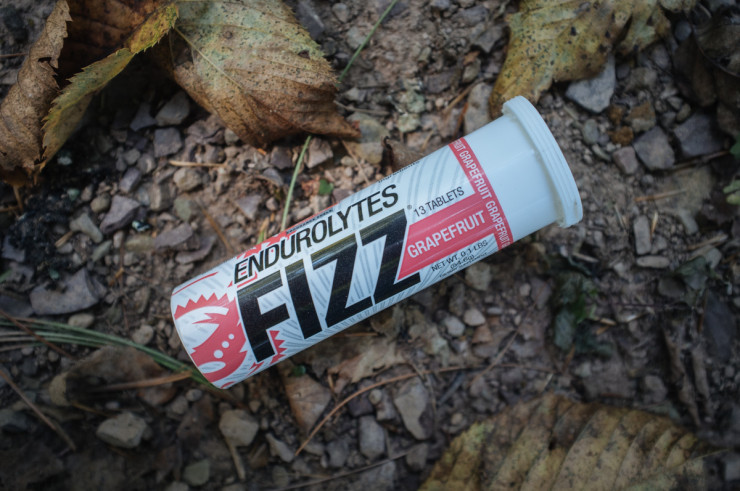
13. Camel up!
This technique involves chugging a solid 1+ liter(s) when you have access, and filling up bottles to save for camp. This technique is great for water conservation and in some situations can help lighten the load if you can speculate the next source.
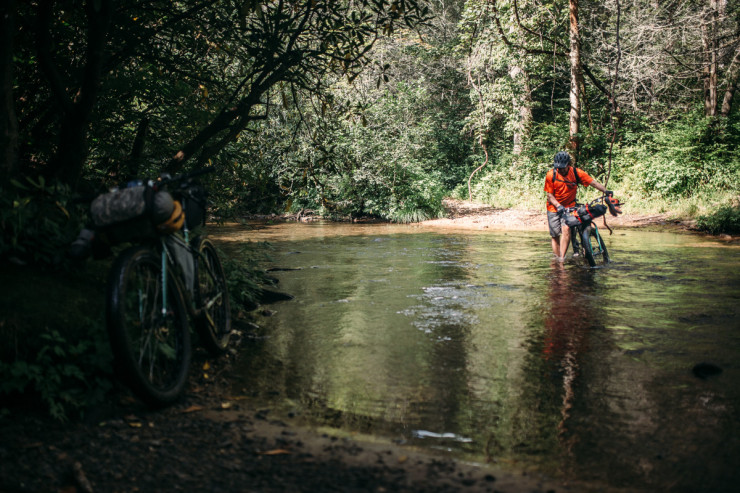
14. Freeze dried gourmet
The term ‘dehydrated meal’ doesn’t make one’s mouth water… unless it’s prefaced by ‘Mountain House’. Lightweight meals are a must for big rides out in woods. I have tried several different brands, and Mountain House takes the cake. My favorites are Turkey Tetrazzini, Beef Stew, and Sweet and Sour Pork with Rice. Click the thumbnails below to read more details:
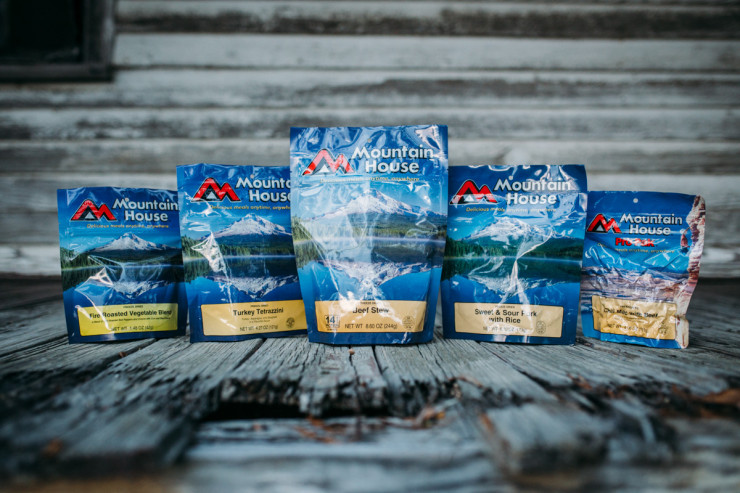
15. Backup Water
Cooking dinner, breakfast, and coffee requires a substantial quantity of water (for me about 1.5 liters). And sometimes it’s necessary to prepare for the following day riding in addition to culinary needs. I usually carry a spare foldable bladder to fill before making the last stretch to camp. It’s not always necessary, but sometimes comes in handy. This Platypus 2L bag made it through our Africa trip and is still going strong.
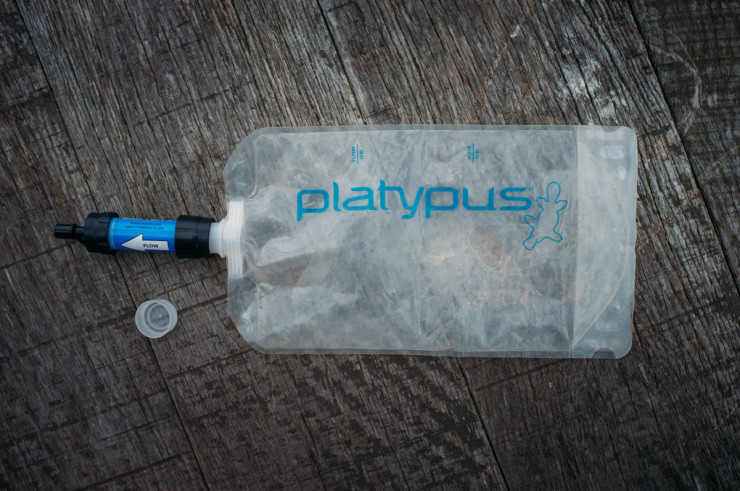
16. Oatmeal
Instant oatmeal makes a solid breakfast that surprisingly sticks for a few miles on the trail.

17. GORP, ARAP, Etc.
Nuts have the highest calorie-to-gram ratio of any packable food. A bag of Good Ole Raisins and Peanuts is a good choice, or ARAP (Almonds, Raisins and Peanuts).
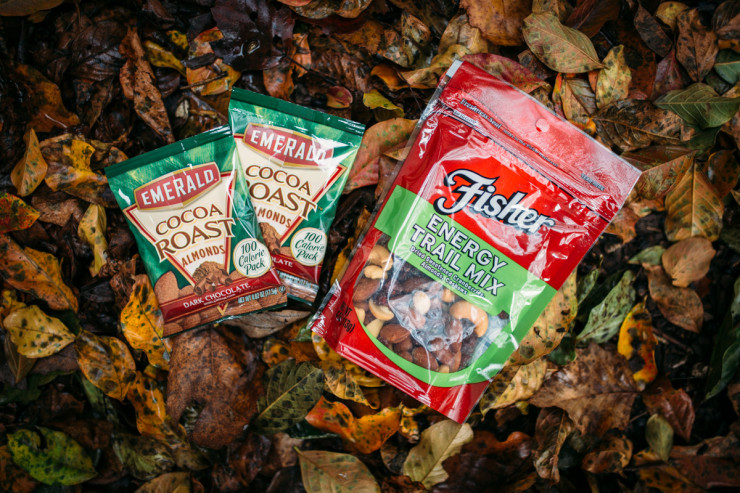
18. Conserve water
Water is a precious commodity when bikepacking. Conserve water by cooking freeze-dried or dehydrated meals; this requires boiling only 12-20 ounces of water and no cleanup. Oatmeal also cleans up easily and requires very little water.
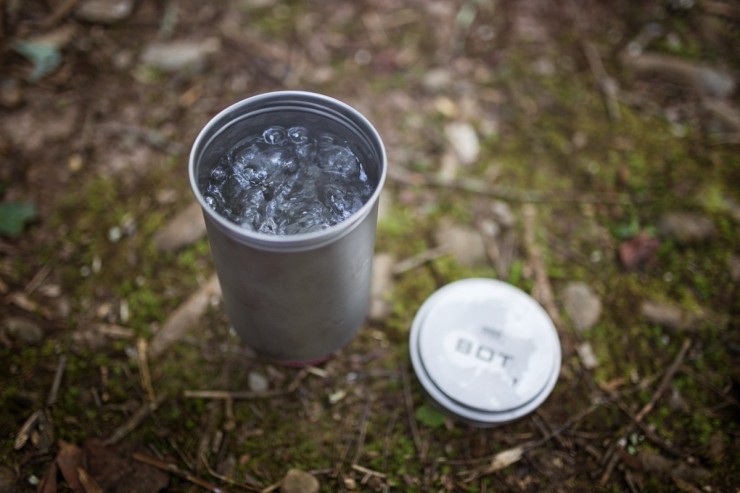
19. ProBars
ProBars, at 400 calories per bar, are hard to beat for a big punch in a little package. A few of these stashed in the pack make for good lunches.
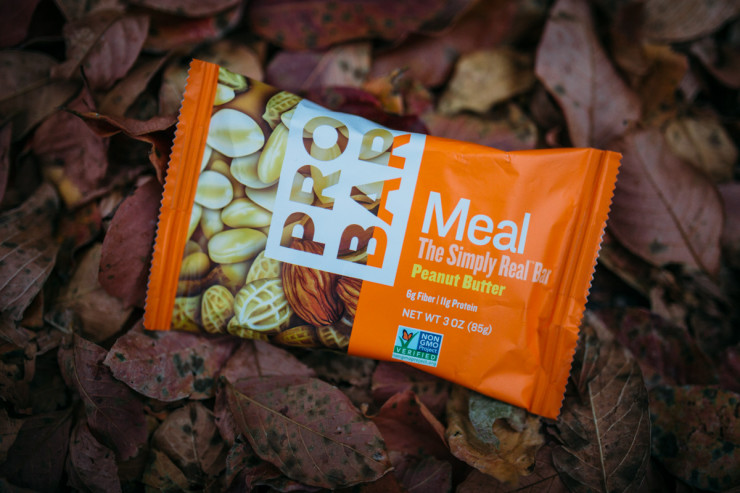
20. Something sweet
Sugar is like fuel in the middle of a ride. Dark chocolate is my personal favorite, but Honey Stinger Waffles are also a delicious source of energy, made with organic ingredients.
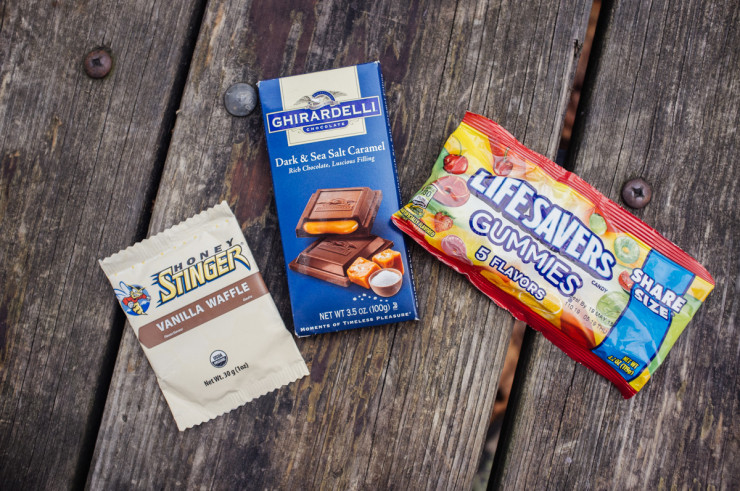
21. Protein
A dose of protein after a workout is beneficial to helping muscles repair and recover. This 113 gram bag of dry roasted edamame contains almost 60 grams of protein.
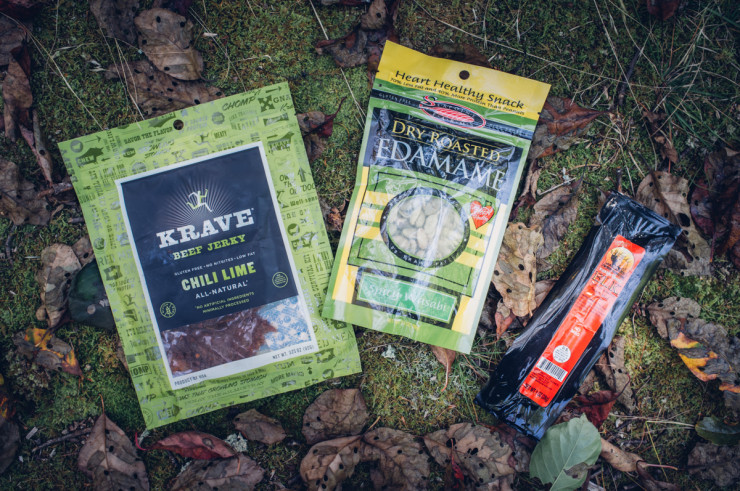
Stay tuned for part 2… ‘Go Light and Stay Soft.’
Please keep the conversation civil, constructive, and inclusive, or your comment will be removed.






